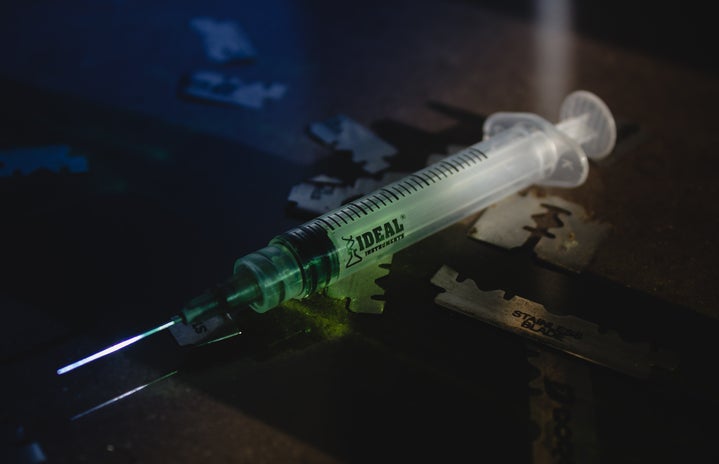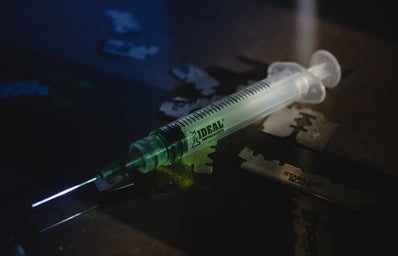Insulin is what keeps a diabetic alive. It regulates what the pancreas cannot. Not having insulin means life and death. But when you must make a choice when it comes to the cost, how do you make the ultimate decision? There have been multiple reports of patients who cannot afford insulin products, and it is frightening. As a type one diabetic for twenty years, I had an experience where I was without insurance for a while and had to pay out-of-pocket costs. I was scared, depressed, and I did not know how I was going to live through it day-to-day. What happens to the people who are tapped out on resources and must make the choice between what is necessary? Do I ration my insulin and risk being hospitalized or do I give myself the appropriate dose and risk running out too soon?

Out-of-pocket costs for insulin can be a major expense. In a Forbes article, they confirmed what I already knew about how many diabetics are struggling just to pay for their medications. Insulin types range from rapid-acting to longer-acting agents. Out of the entire world, the US represents only 15% of the global insulin market, but it generates nearly 50% of the industry’s insulin revenue. The average cost of insulin is anywhere from $175-$300 a vial without insurance coverage. Most diabetic patients need about 2-3 vials a month and sometimes more depending on their situation. This leads to skimping on a full dose of insulin that is needed or even skipping doses altogether. With the pandemic still around, there are a lot of individuals who remain uninsured. According to a Commonwealth Fund study, uninsured Americans with diabetes are more likely to be using older, less costly (and less effective) formulations of insulin compared to those with private insurances and Medicaid. Now, 68% of uninsured patients pay the full list price for insulin, while 9% of privately insured and 3% of Medicaid beneficiaries do. Consequently, the uninsured are much more likely to report being unable to afford prescription medicines, by a 38% to 10% margin. The numbers continue to only get scarier, and it becomes more apparent that America’s health care system needs to take into consideration how important medicines are and how costs need to be reconsidered so everyone can have stress-free lives without worrying about how to pay for these medications.
Several initiatives were carried out in the commercial sector to address insulin affordability. In 2020, insurer Cigna and its pharmacy benefit management division Express Scripts announced a program designed to cap out-of-pocket costs for diabetic patients at $25 a month. Former President Donald Trump and his administration cut out-of-pocket costs of insulin for seniors. Back in March of this year, the administration announced a plan to impose an upper limit on what seniors pay at the pharmacy counter and reduced it from $47 to $35. In January, Medicare beneficiaries had more than 1,600 Medicare Advantage/Part D Prescription Drug plans to choose from that provided a range of insulin products at a max of $35 a month.
Affordability for insulin is going to take many multi-pronged approaches. It’s going to take comprehensive health insurance coverage that is affordable to all. To those who are financially struggling, speak with your doctor and/or medical office so they can try to help by giving you resources. Never put your health at risk and short yourself just because of cost. People can help. Change is coming. Make your health be the biggest priority.


